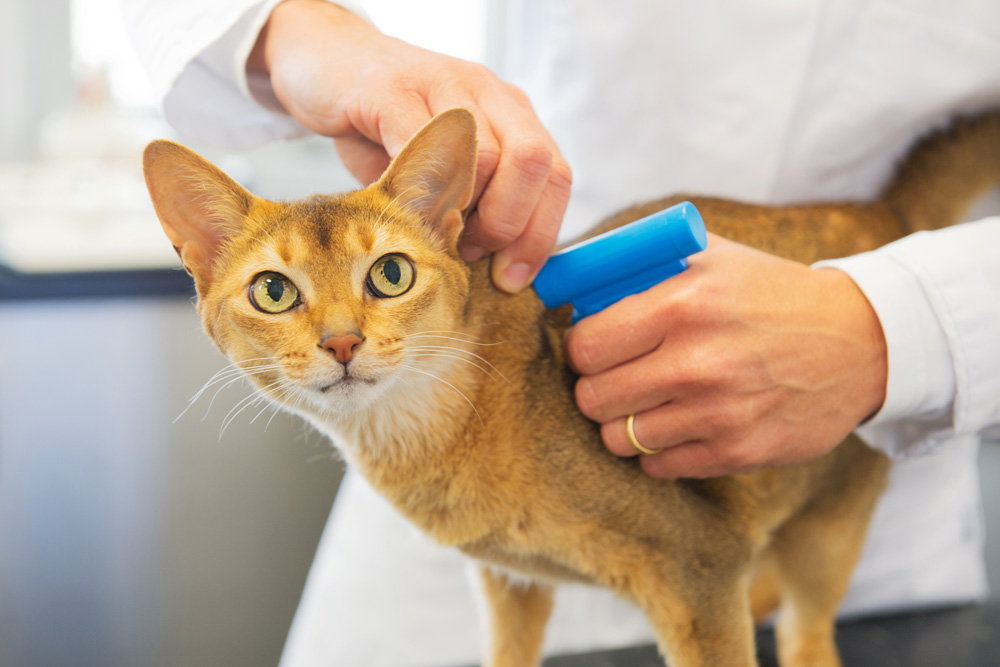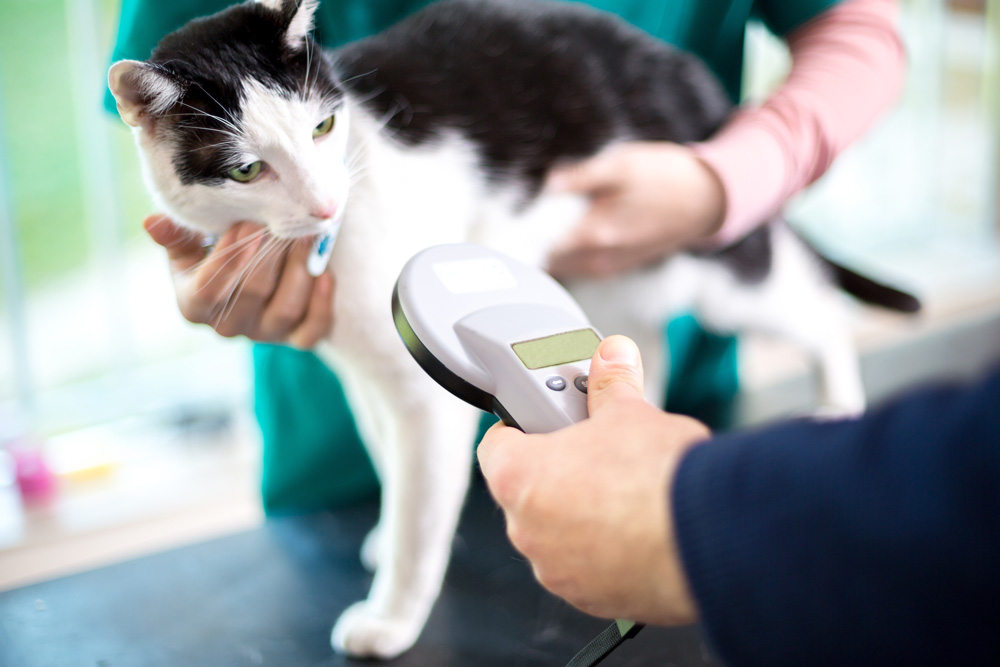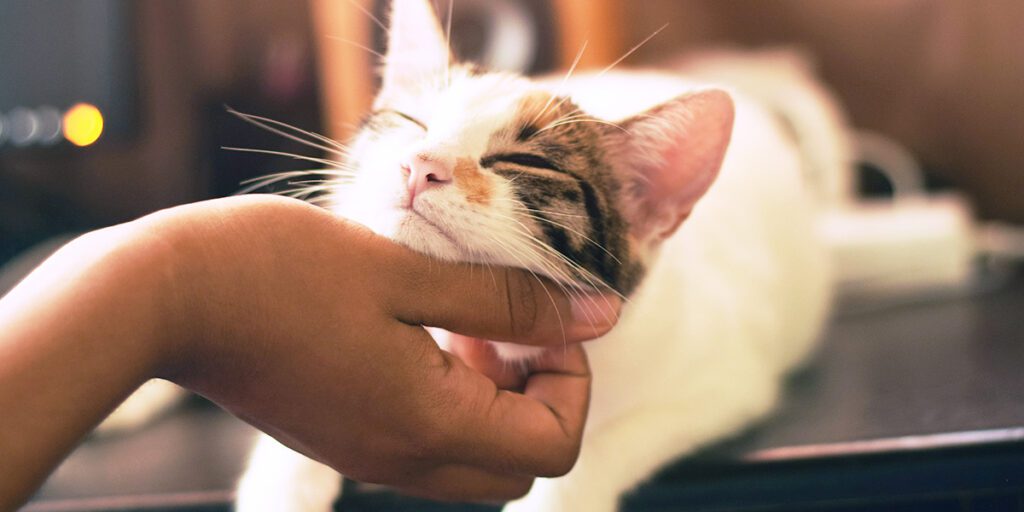In recent years, microchipping has emerged as a revolutionary tool in the world of pet identification. In this country, we’re renowned for our lo-ve of cats, and we’ve taken a significant step forward by making microchipping compulsory for all cats from 10th June 2024. This blog explores the benefits of microchipping cats and explains why this practice has become a crucial component of responsible pet guardianship.
All owners must have their cat microchipped by 10 June 2024 and owners found not to have microchipped their cat will have 21 days to have one implanted, or may face a fine of up to £500.
...until Microchipping Becomes Compulsory in the UK

Why Microchip Your Cat?
Lost and Found: A Lifesaver for Cats
One of the most distressing experiences for any pet owner is having their beloved feline friend go missing. Traditional identification methods like collars and tags can easily be lost or removed, leaving cats without any form of identification. Microchipping offers a permanent solution by implanting a tiny electronic chip under the skin, typically between the shoulder blades. This chip contains a unique identification number that can be scanned by vet practices, animal shelters, or animal wardens. This technology has proved instrumental in reuniting countless lost cats with their worried owners, saving lives and alleviating emotional distress.
Ensuring Responsible Ownership and Reducing Stray Population
Microchipping supports responsible pet guardianship by promoting accountability. By making it compulsory, the UK government aims to reduce the number of stray and abandoned cats. Microchips provide crucial information about the cat’s guardian, allowing authorities to trace back to the responsible individual. This not only discourages negligence but also acts as a deterrent against animal cruelty and abandonment. By fostering a sense of responsibility among cat guardians, the initiative aims to create a safer and more compassionate environment for feline companions.

Medical Benefits: Tailored Care for Cats
Pet microchips store a unique identification number that is linked to the owner’s contact details, aiding in reuniting lost pets. Some more advanced microchips such as Thermochips can include additional information like the pet’s temperature. Note that microchips do not have GPS tracking; they provide permanent identification. If a lost pet is found, a microchip scanner reads the ID, and the owner is contacted through the associated database by a veterinarian or shelter. Additionally, microchipping aids in the prevention of fraudulent ownership claims, ensuring that cats receive the necessary medical attention from their genuine owners.
Prevention of Illegal Activities
Sadly, theft and illegal trading of pets are issues that persist today. Microchipping serves as a deterrent to potential pet thieves, as it provides an easily identifiable marker of guardianship. In the event that a stolen cat is found, scanning its microchip will reveal the true owner and help reunite them with their feline companion. Furthermore, the microchipping requirement provides law enforcement agencies with a valuable tool to tackle illicit pet trade, safeguarding the welfare of cats and curbing illegal activities.

The decision to make microchipping compulsory for cats in the UK is a progressive step towards enhancing responsible pet guardianship and safeguarding the welfare of feline companions. Microchips provide a reliable, permanent form of identification that significantly increases the chances of lost cats being reunited with their owners. Additionally, they offer medical benefits, act as a deterrent against illegal activities, and aid in population control by reducing the number of stray cats. Embracing this technology allows us to create a safer and more compassionate environment for our furry friends.
So, if you haven’t already, consider microchipping your cat today. By doing so, you contribute to the well-being of your pet and play an active role in building a more responsible and caring community of cat guardians.


